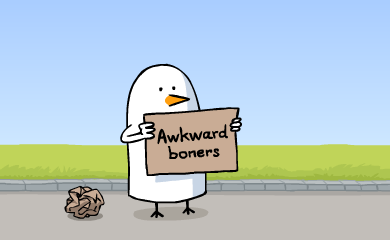




In the original Miami Vice television series, Detective Zito is murdered in Season Three. After learning of his death, co-cops Crockett, Tubbs and Switek visit his house, where they discover Zito's collection of snow globes. They look at them in bewilderment, and the clear message delivered by their faces—in as ham-fisted a way as only '80s American television can do it—is "Wow, I guess we didn't really know this guy at all." Cue violins. An as hackneyed as that moment was, it was the first time your adolescent correspondent understood the usage of physical objects as a narrative device in storytelling.
Years later in ID school, professors who apparently knew each other as well as Zito and Switek delivered conflicting messages on this front. One professor would tell you that "Objects exist to tell stories—they tell us about ourselves!" while others said objects were mere intermediaries that we should design to be unobtrusive; the whole "People don't want a toaster, they just want toast" mentality.
It's easy to see the "Objects tell us about ourselves" bit as a bunch of hooey, as with iPhone and Android users—upon spotting the competing product on an acquaintance's desk, they'll tiresomely begin projecting qualities of the most vociferous proponent of that product onto the user. Ditto Mac and PC users. But it does fascinate me that some objects tell tales we never see coming. Case in point: Stanford economist Eric Hanushek, and his research partner Ludgar Woessman from U. of Munich, put together a study where they found a specific object in certain family's homes that served as a reliable indicator that a child from that family would do well in school.
Any guesses as to what that object is? A computer? A television? An iPad?
What if we told you it's a piece of furniture?
(more...)